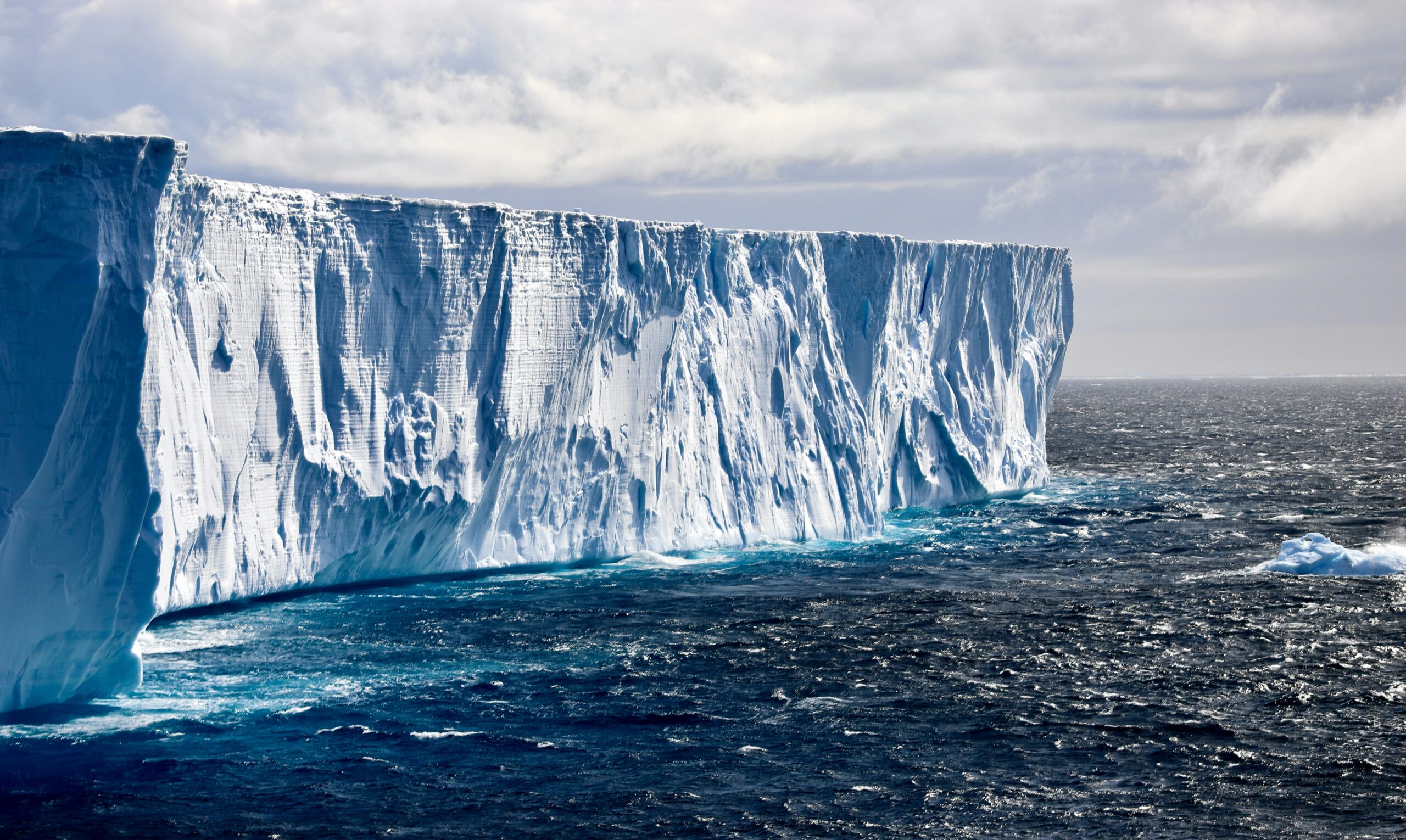Beneath the frigid waters of Antarctica’s western Weddell Sea, in one of Earth’s most remote and least-explored corners, a remarkable world has come to light. Beneath an ice shelf once 200 metres thick, scientists have uncovered a network of fish nests – thousands of circular hollows carved into the seafloor – arranged in ‘sweeping, deliberate patterns.’
The discovery was made possible after the A68 iceberg, a 5,800-square-kilometre slab of ice, broke away from the Larsen C Ice Shelf in 2017, opening a rare window into a part of the ocean unseen for millennia in the process.
When researchers sent a remotely operated vehicle (ROV) gliding over the exposed seabed, its cameras revealed more than a thousand circular nests that – according to descriptions recorded by scientists – weren’t “simply scattered” but instead “formed shapes; arcs, clusters, solitary circles, as if the fish had mapped out a neighbourhood of their own.”
Notably, each nest was ‘cleared of plankton detritus that covered the surrounded areas’, forming a “vast, geometric fish neighbourhood” on the seafloor.
The finding came during the Weddell Sea Expedition 2019, a mission launched with the twin aim to study the changing environment around the Larsen C Ice Shelf and to search for Sir Ernest Shackleton’s lost ship, Endurance, sunk more than a century ago.
Though the team aboard the South African research vessel SA Agulhas II failed to locate the wreck of the Endurance on that particular voyage, the experience proved vital all the same in shaping the success of the later Endurance22 expedition, which – some three years later in 2022 – found Shackleton’s ship remarkably intact, resting at 3,008 metres.
First Appeared on
Source link














